Rocket Fuel Development
November 24th, 2021
Aerospace kerosene fuel RP-1 was developed in the 1950’s for use in turbine, air breathing, and rocket engines. This kerosene differs from the from the common turbine fuels Jet A or JP-8 in that it has a much tighter allowable density and volatility range, and a much lower sulfur, olefin and aromatic content. In 2003, Haltermann was involved in the development of a more refined RP-1 (see paper presented by Irvine et.al 40th AIAA/ASME/SAE/ASEE conference, July 2004) where sulfur, olefin and aromatic contents were further lowered. This led to the ultimate development of Ultra Low sulfur RP-2 rocket propellant of today with sulfur specification of <100 ppb mass/mass.
The current RP-1/RP-2 specifications are mostly based on the physical properties of the fuel. These physical property parameters can be met with various fuel compositions containing different chemical components. Fuel composition can be an important criterion for future liquid fuel reusable rocket development. Also, chemical composition of the fuel is an important criterion for endothermic fuels required for hypersonic applications which require the fuel to ‘absorb’ more heat via endothermic reactivity at temperatures approaching 1000 degrees F(pyrolysis). The goal here is to increase fuel’s reactivity without coking (see “Effect of Aviation Fuel Type on Pyrolytic Reactivity and Deposition Propensity” Edwards et. al CRC meeting Seattle May 2011).
It is generally agreed that low sulfur content of RP-2 goes a long way in mitigation of corrosion of the wetted components of liquid fuelled rocket engines. Also, lower olefin and aromatic content helps in deposits formation in the cooling chambers. What is not fully understood is the role played by the various chemical components that can be blended in various combinations to make RP-2 in various ways that still meets MIL-DTL-25576E specifications.
Haltermann has been working with Air Force Research Laboratory in developing RP-2 with varying compositions in order to elucidate the impact of fuel composition on carbonaceous deposits formation in heat exchanger passages on liquid fuelled propulsion engines and impact of chemical composition on fuel cracking and deposit formation as it relates to hypersonic cooling applications (See “Extent and Impacts of Hydrocarbon Fuel Compositional Variability for Aerospace Propulsion Systems.” Billingsley et.al, American Institute of Aeronautics and Astronautics.).
Haltermann today is capable of producing RP-1 MIL spec compliant fuel in more than 10 different ways depending on availability of blend stocks available to us. The blendstocks utilized to formulate in-spec RP-1/RP-2 blends were as follows:
A: paraffinic solvent with about 15% aromatics and 80-90 ppm Sulfur [S].
B: high purity mixture of hydrotreated isoparaffins and naphthenics but wider cut than E. Low S.
C: high purity aliphatic solvent, cycloparaffinic and isoparaffanic. Low S.
D: low aromatics (<0.5%), low olefins, high flash mineral spirit, cycloparaffins and aliphatic hydrocarbons. Low S.
E: paraffinic naphthenic solvent with narrower cut and lower flash than B. Low S.
F: similar to C but with higher density and higher boiling curve. Low S
G: low aromatics aliphatic solvent. Low S.
H: low aromatics aliphatic solvent but lower flash than B. Low S
I: slight variation of C. Low S.
The blend stocks noted above were used to produce following fuel blends:
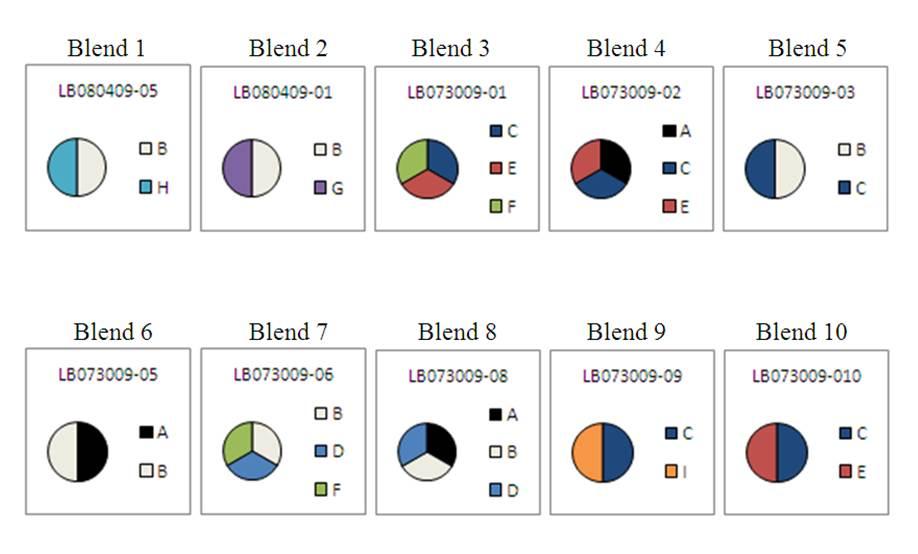
The ten laboratory blends all met the current RP-1 specifications outlined in the MIL spec. However, the different RP-1 had unique distillation profile, specific gravity, viscosities, olefin, aromatic and sulfur content. The characterizations of the different RP-1, meeting the MIL specifications, are given below:
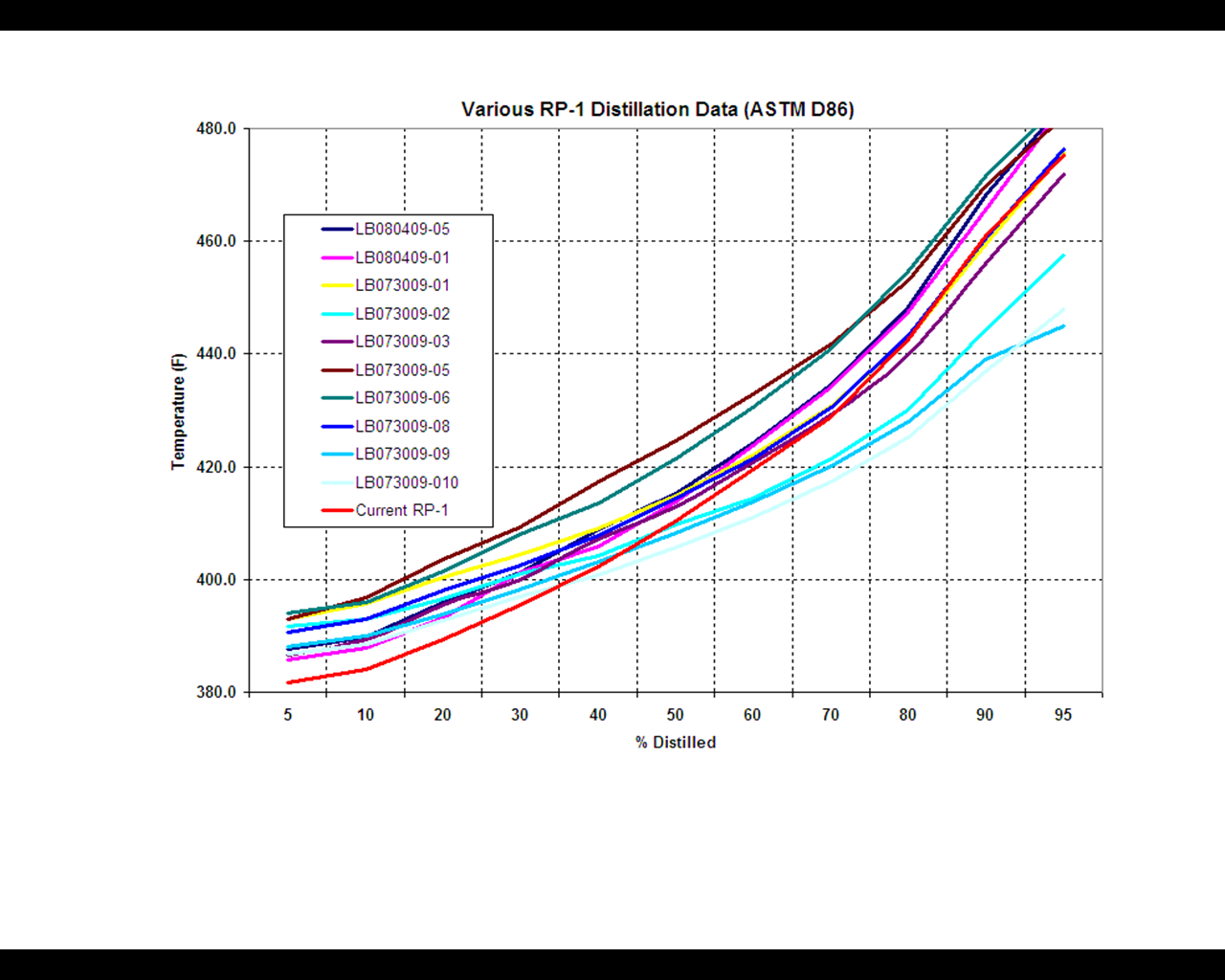
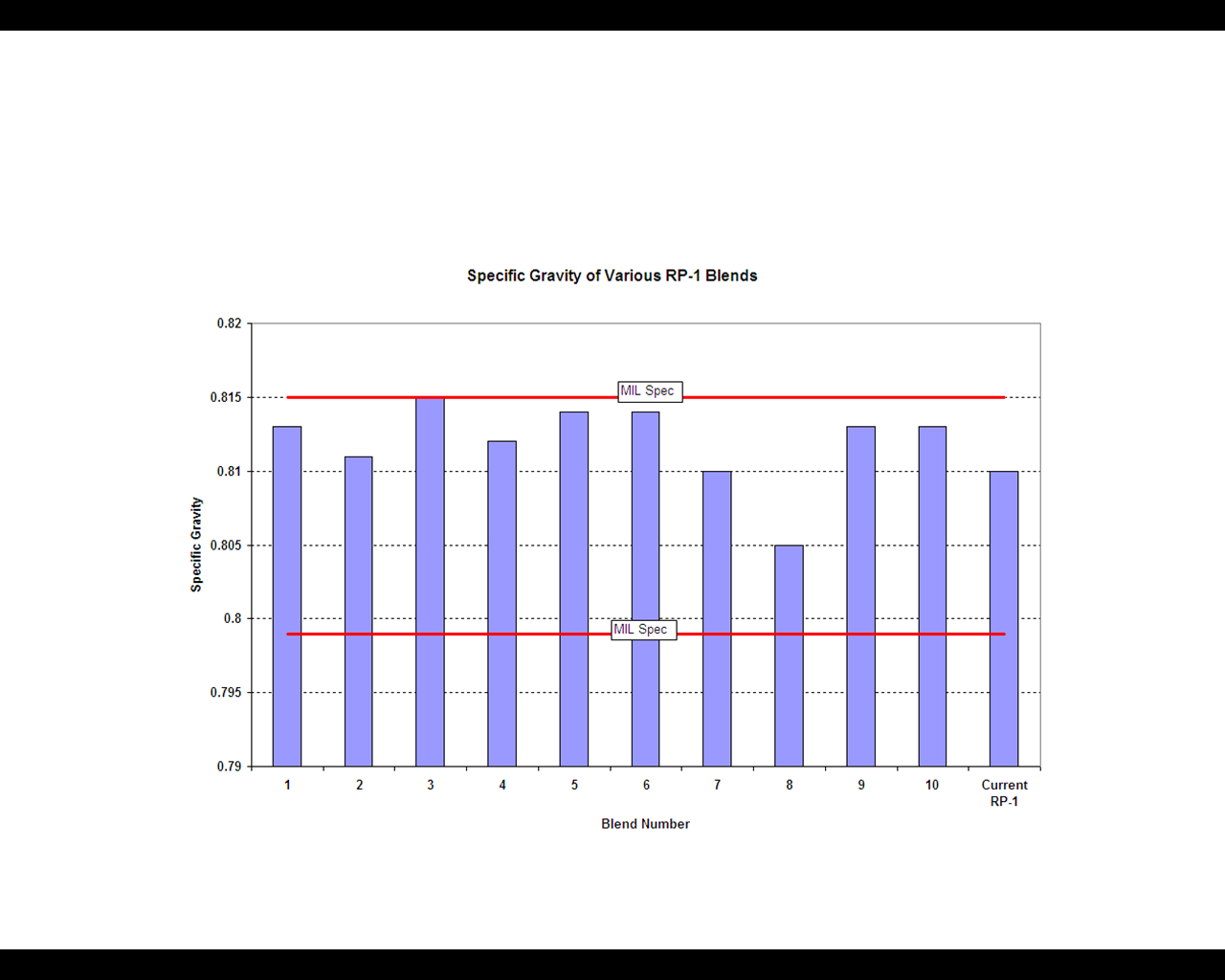
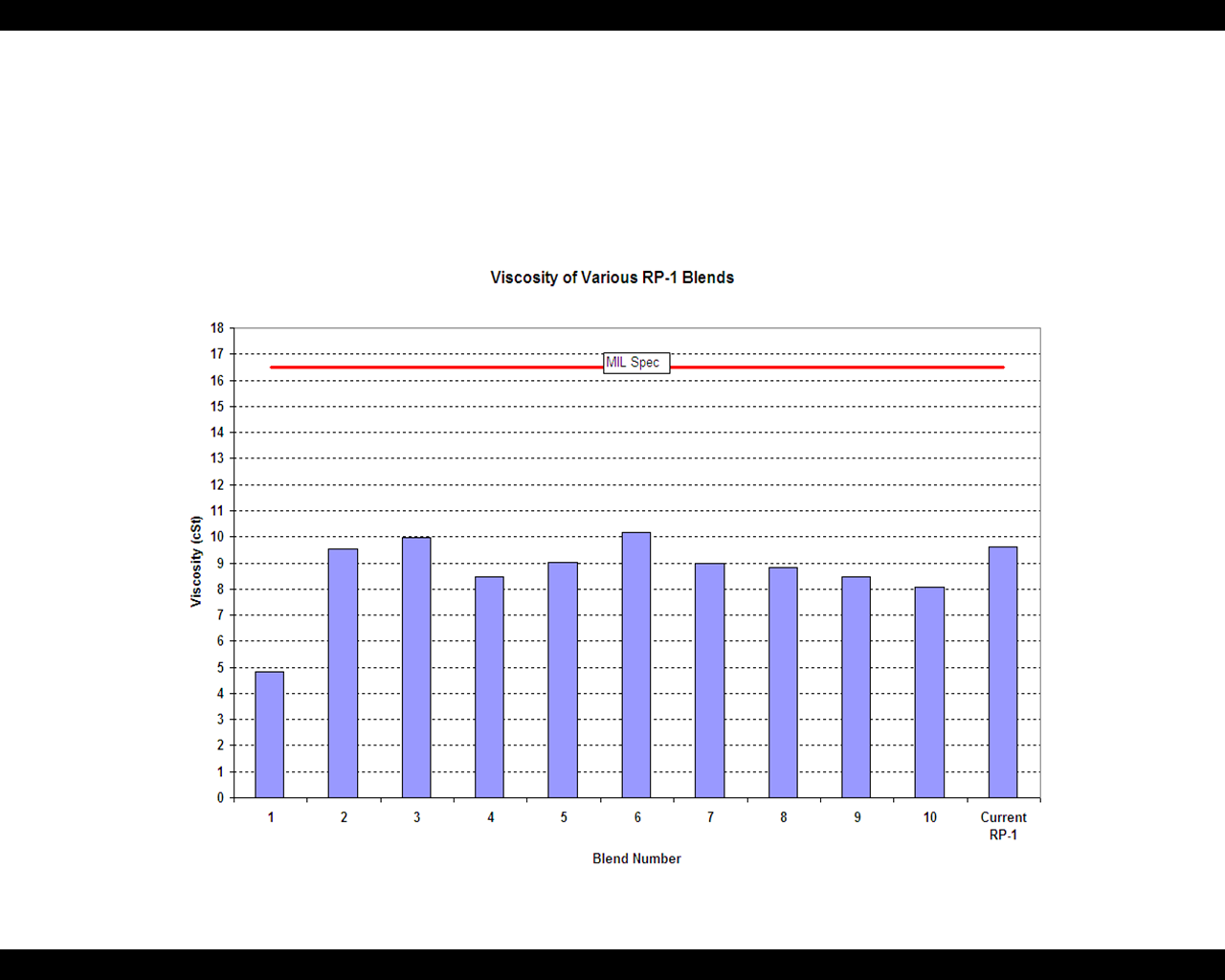
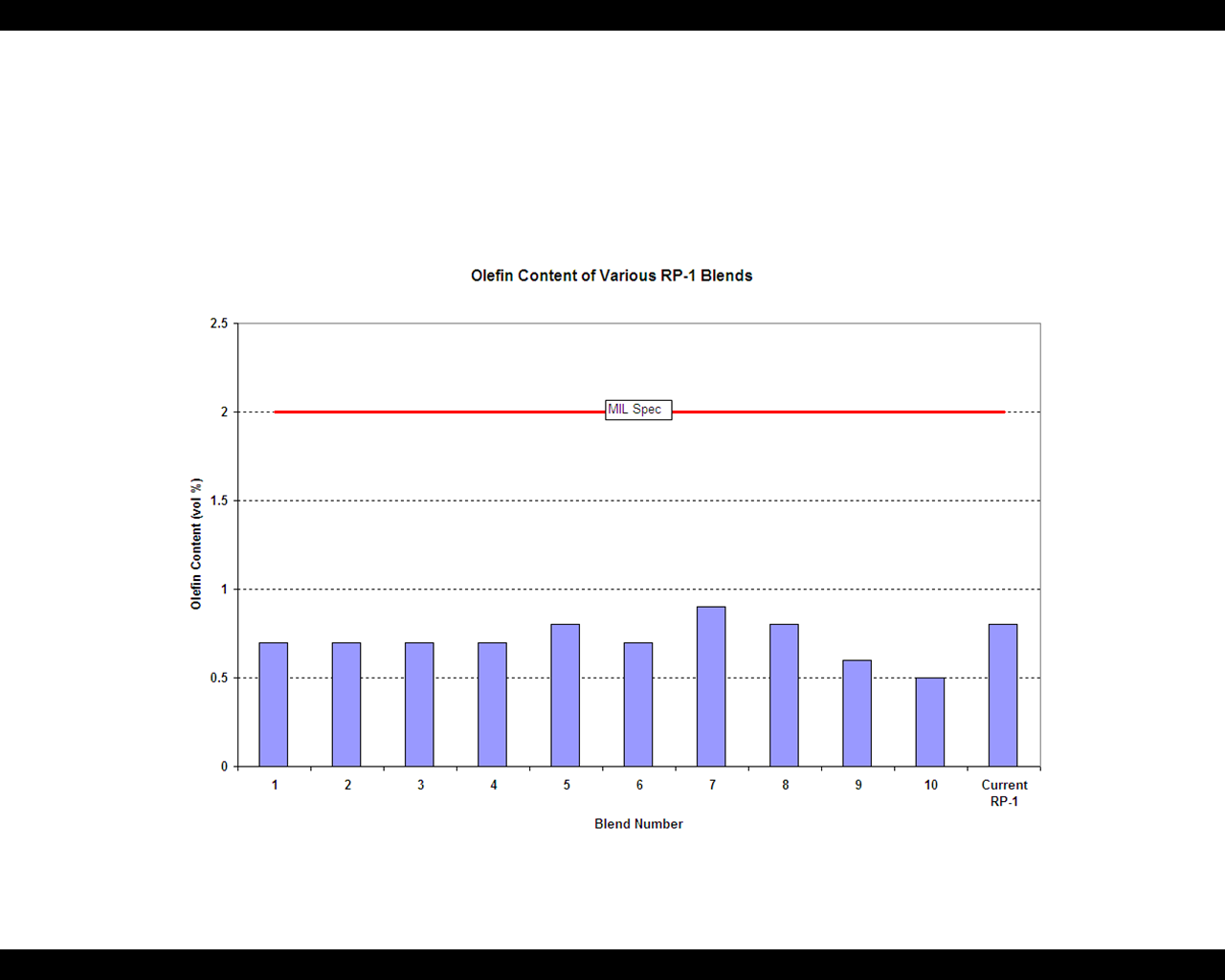
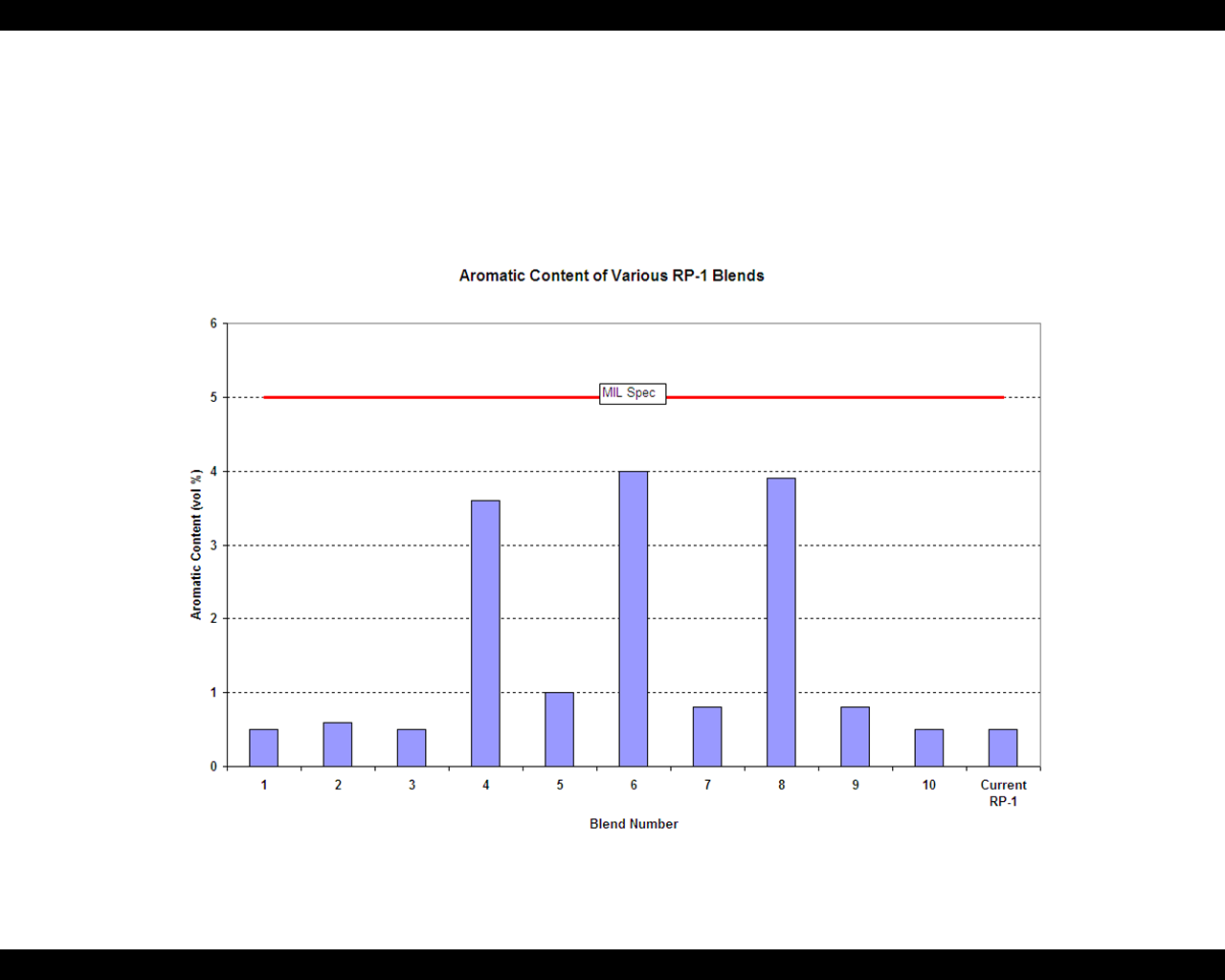
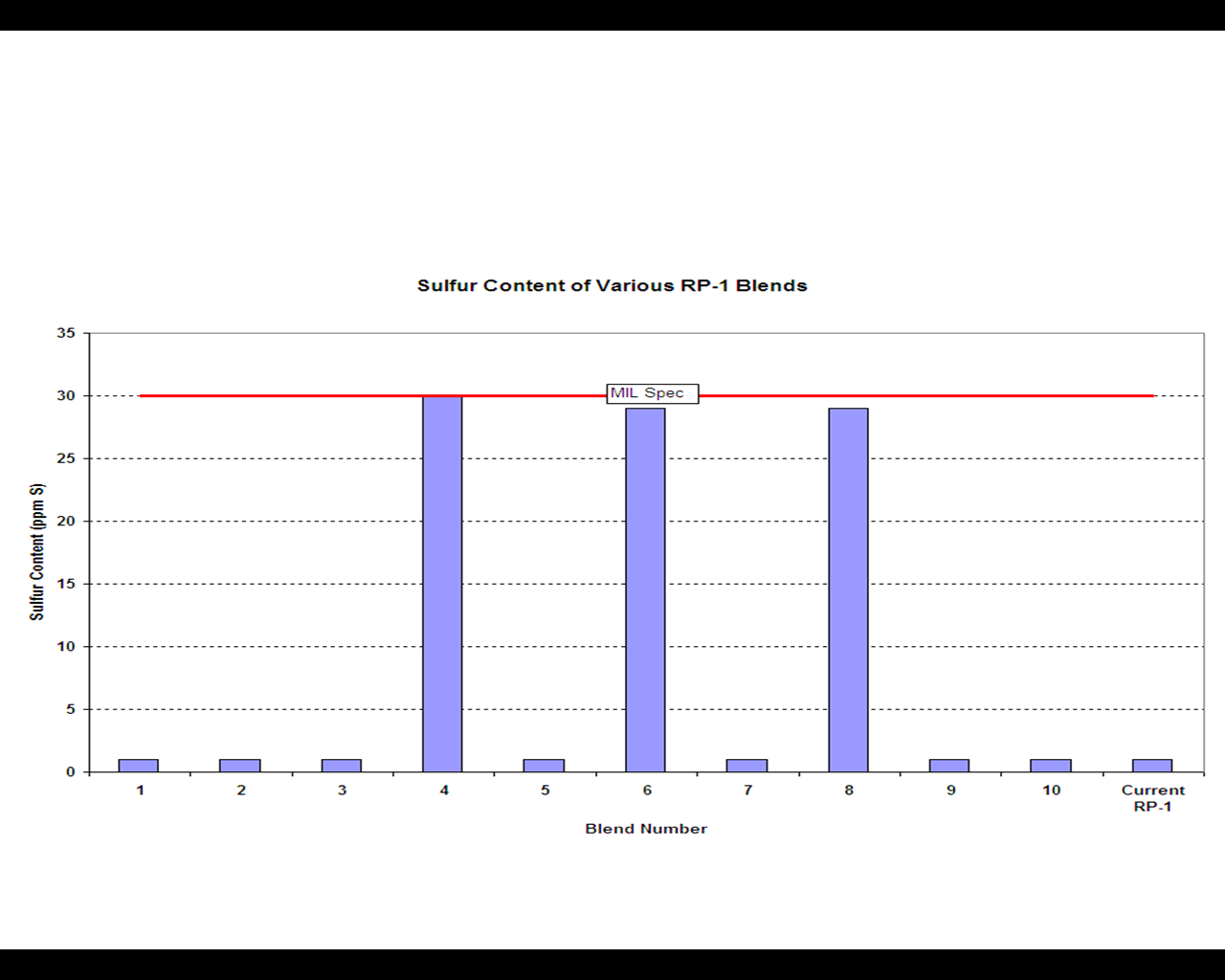
- We now have various options to produce RP-1and this ensures that our customers can count on us for a secure supply of this fuel.
- Haltermann has shown that RP-1 can be produced to MIL specifications in numerous ways and each of this RP-1 is unique in its chemical composition.
- Depending on the blend stocks used, key properties for RP-1 can be made to vary within the limits of the MIL specifications.
- With Haltermann’s blending capabilities the users of RP-1 can zero in on the impact of differences in fuel evaporation profile, specific gravity, viscosity, sulfur content, % olefin and % aromatics
- For the first time customers can determine the importance of the various parameter within the MIL spec and optimize the propellant to meet their particular application.
Haltermann now has enough RP-1/RP-2 formulation understanding to work with users to develop a next generation propellant i.e. RP-X which will be a fuel with higher volumetric energy density and eventually produced from renewable components.



